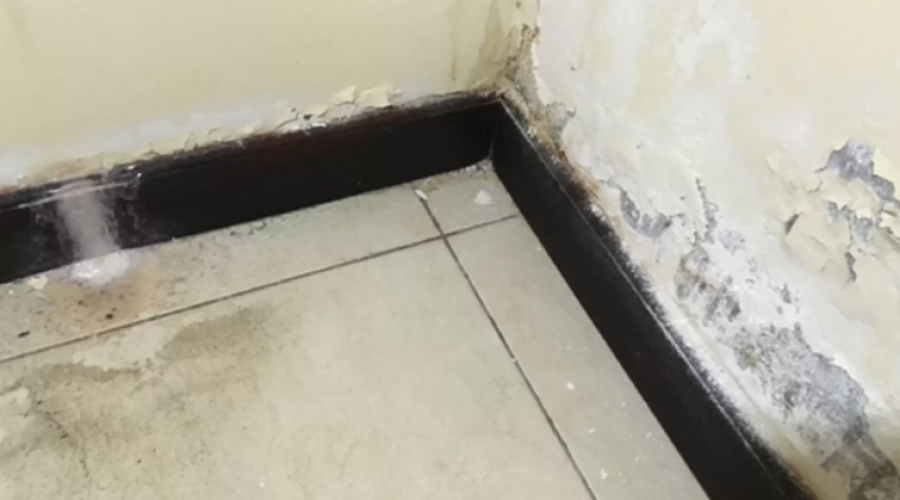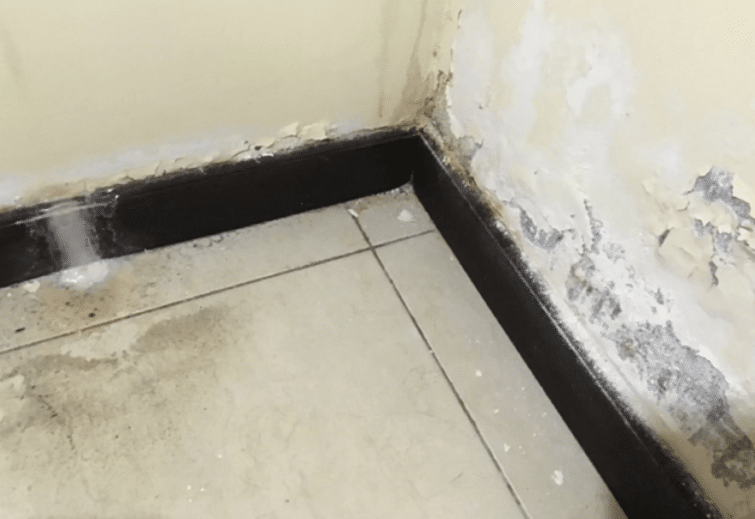
How To Find A Water Leak Inside A Wall In San Diego
Out of all the potential problems that can arise inside your home, water leaks are among the most potentially devastating. When it comes to big issues in your house, a leaky pipe is often the root cause. Failing pipes usually emit an unsavory smell before any other sign there’s trouble, so be sure to watch for mustiness or mold growth around—or under—your sinks and appliances.
Once you’ve determined that there may be a leaking line somewhere in your home, you have to find out where it’s coming from so you can fix it before further damage occurs. If the commode is the culprit (which we’ll go over later) and if nobody’s using it, simply shut off its supply valve and wait a few minutes. If the toilet bowl doesn’t fill up with water, you’ve found your problem area.
Natural Wear And Tear
To determine whether it’s between your house and sidewalk, look for dark spots on the exterior brick or stone of your home as well as anywhere else that might be exposed to outside elements, for example, under a roof overhang. Then check inside for a matching discolored spot by removing some light switch covers and outlet plates to get a peek behind them if necessary.
Now that you know what you’re looking at, move along the exterior wall from top to bottom, looking closely for any signs of dampness or mildew (like staining). Also, take note of moist cross-sections where walls meet; walls are generally built with a slight outward slant, so they meet flush at the top and bottom. If it’s not joined properly or if there’s a partial break, water may seep inside where you can’t see it from the outside.
Exposed Foundation Walls
If you’re still finding dampness after checking out your exterior walls, move to your basement or crawlspace and carefully take a look at any exposed foundation walls. Run your hand over them-they should feel dry unless you’ve had serious rainfall recently – and be sure to check for watermarks. Pay special attention to anywhere that tends to be swampy-like around broken window wells and retaining walls due to poor drainage.
Now use a flashlight or stick a screwdriver into any cracks in the foundation wall larger than one inch to check for dark spots or stains if you can’t see through them.
If water is coming through the roof, you’ll notice it leaking into the loft space-a particular problem in basements.
If it’s dripping down from overhead, you might find a crack in the drywall where the ceiling meets an upper wall (often on stacked closets), or more commonly by spotting puddles of water around light fixtures and along walls during rainstorms.
Conclusion
Contact the experts of 1st Response Leak Detection for a leak detection inspection by giving us a call at (619) 374-8554.



